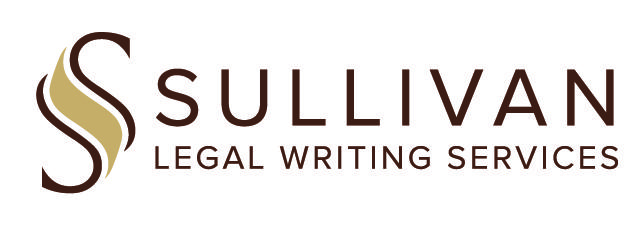This case had a procedural history only a bankruptcy attorney could stomach. In 2011, the Smeltzers filed a Chapter 13 bankruptcy petition to restructure their debt. In April 2014, the mortgage lender filed a certificate of default claiming that the Smeltzers had defaulted under the terms of a stipulation and requested relief from the bankruptcy court. The court entered an order modifying the bankruptcy’s automatic stay and allowing the lender to proceed with foreclosure. Almost three years later, the lender filed a mortgage foreclosure complaint against the Smeltzers, alleging that they defaulted on paying their mortgage. Before filing the foreclosure action, but after the lender filed the certification of default, the bankruptcy court notified the lender that the Chapter 13 trustee had filed his final report and account in the matter and that “in the absence of any objection, the Court may enter the Order of Discharge.” In 2016, when no one objected, the bankruptcy court entered an order discharging the Smeltzers from bankruptcy. The court deemed the mortgage “paid in full” as of the date of discharge. After a bench trial on the foreclosure action, the trial court found that “the Smeltzers presented enough evidence to show their debt for arrearages on the mortgage was paid in full pursuant to the Chapter 13 Plan.” The lender appealed, and the Pennsylvania Superior Court affirmed. The Court held that the lender did not file a responsive statement to the bankruptcy court’s Rule 3002.1 notice of final cure payment indicating its disagreement with the proposed cure of default on the Smeltzers’ mortgage obligation or claiming that the Smeltzers were not current on their Plan payments. Therefore, the lender waived its right to contest whether the Smeltzers completed the Plan, the accuracy of the post-petition amount, or whether any pre-discharge payments remained due.
